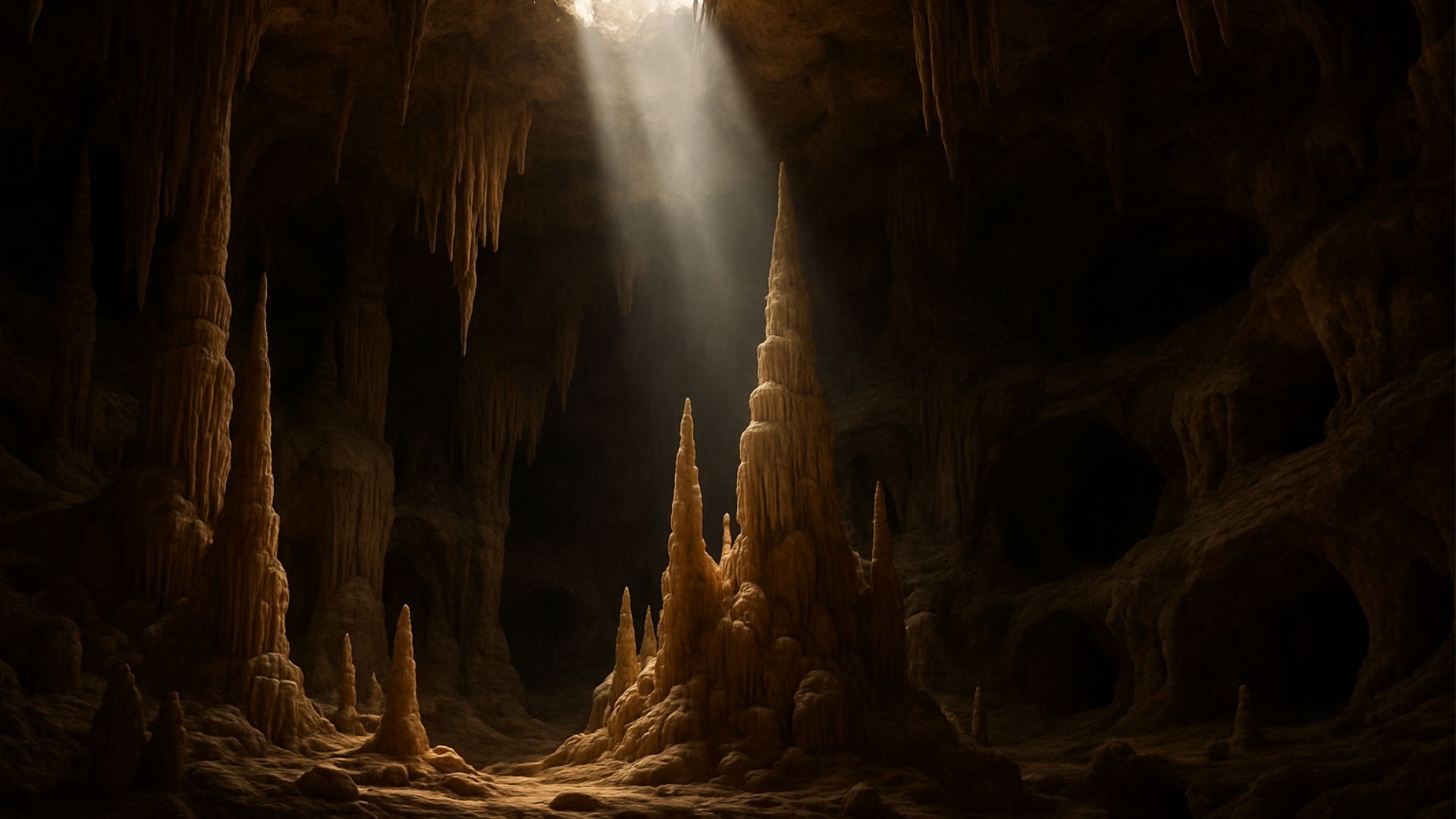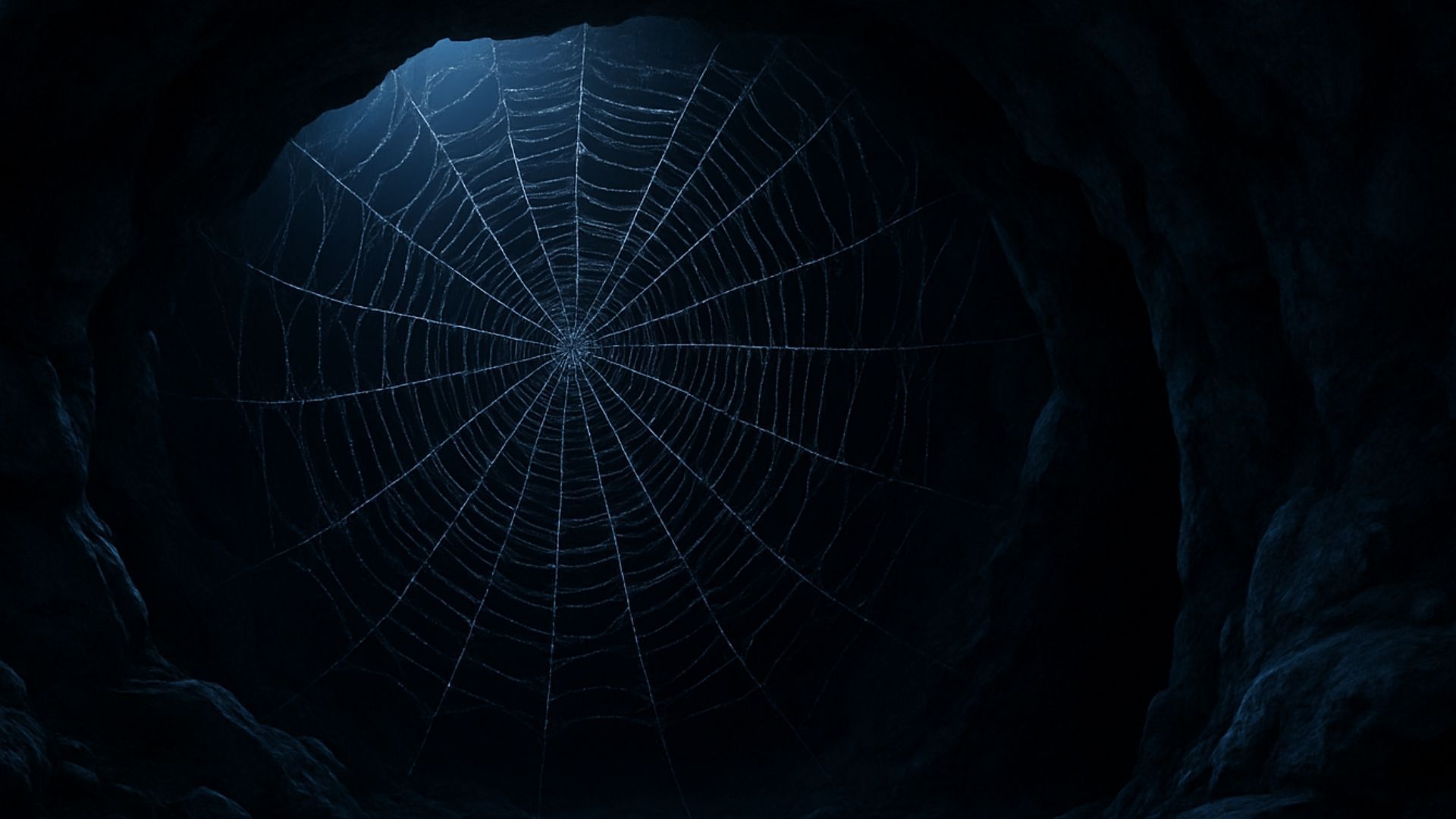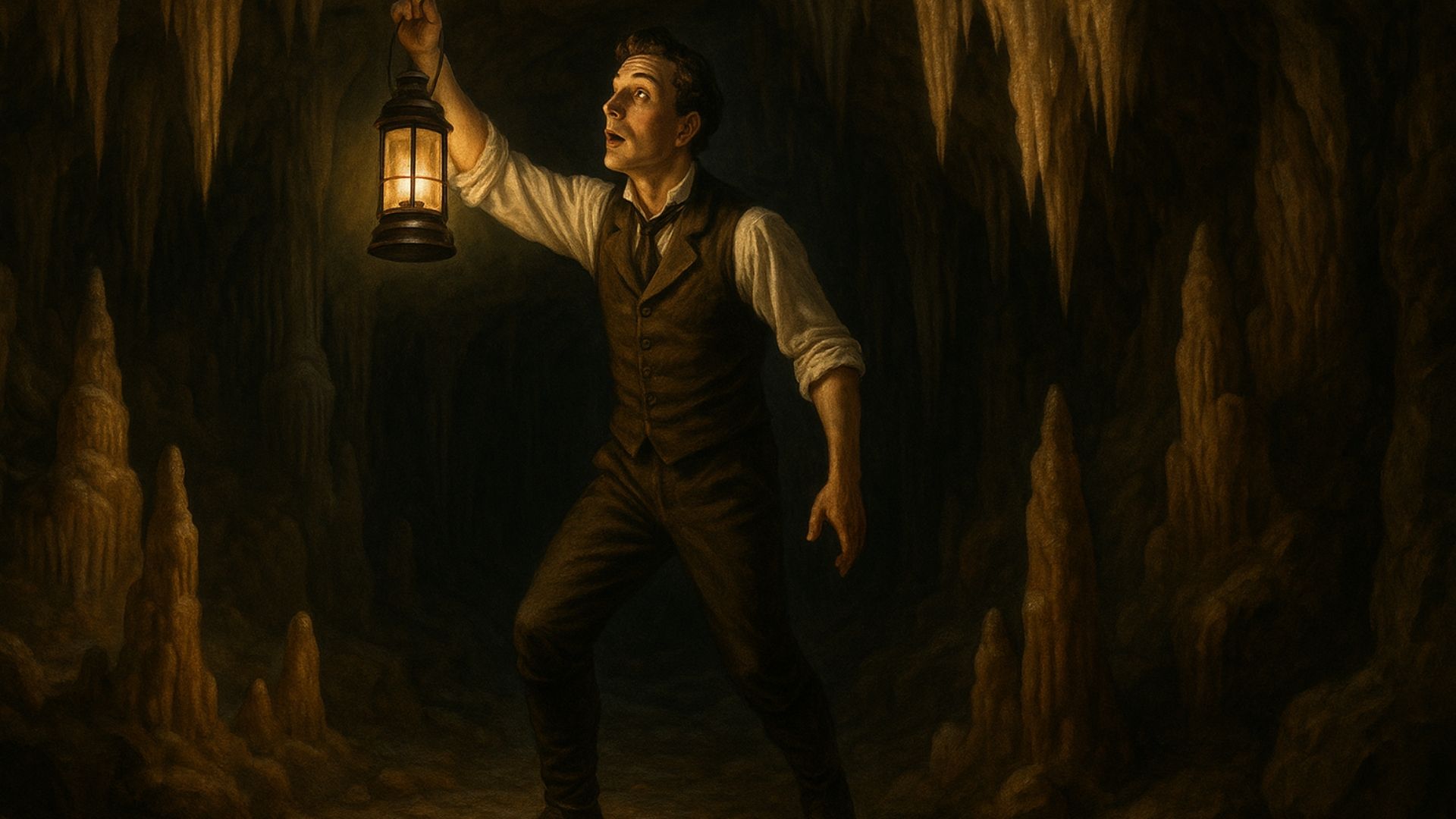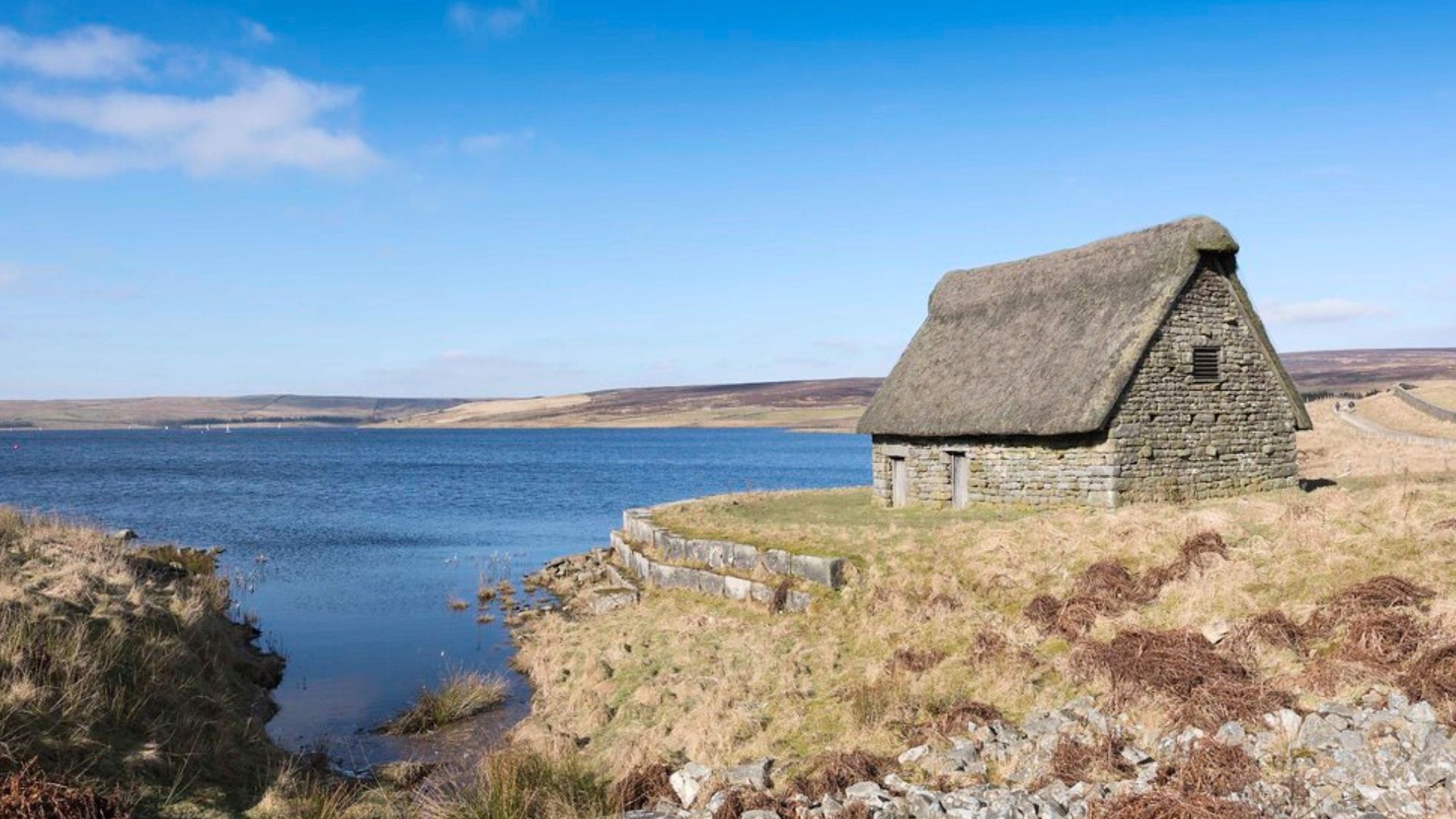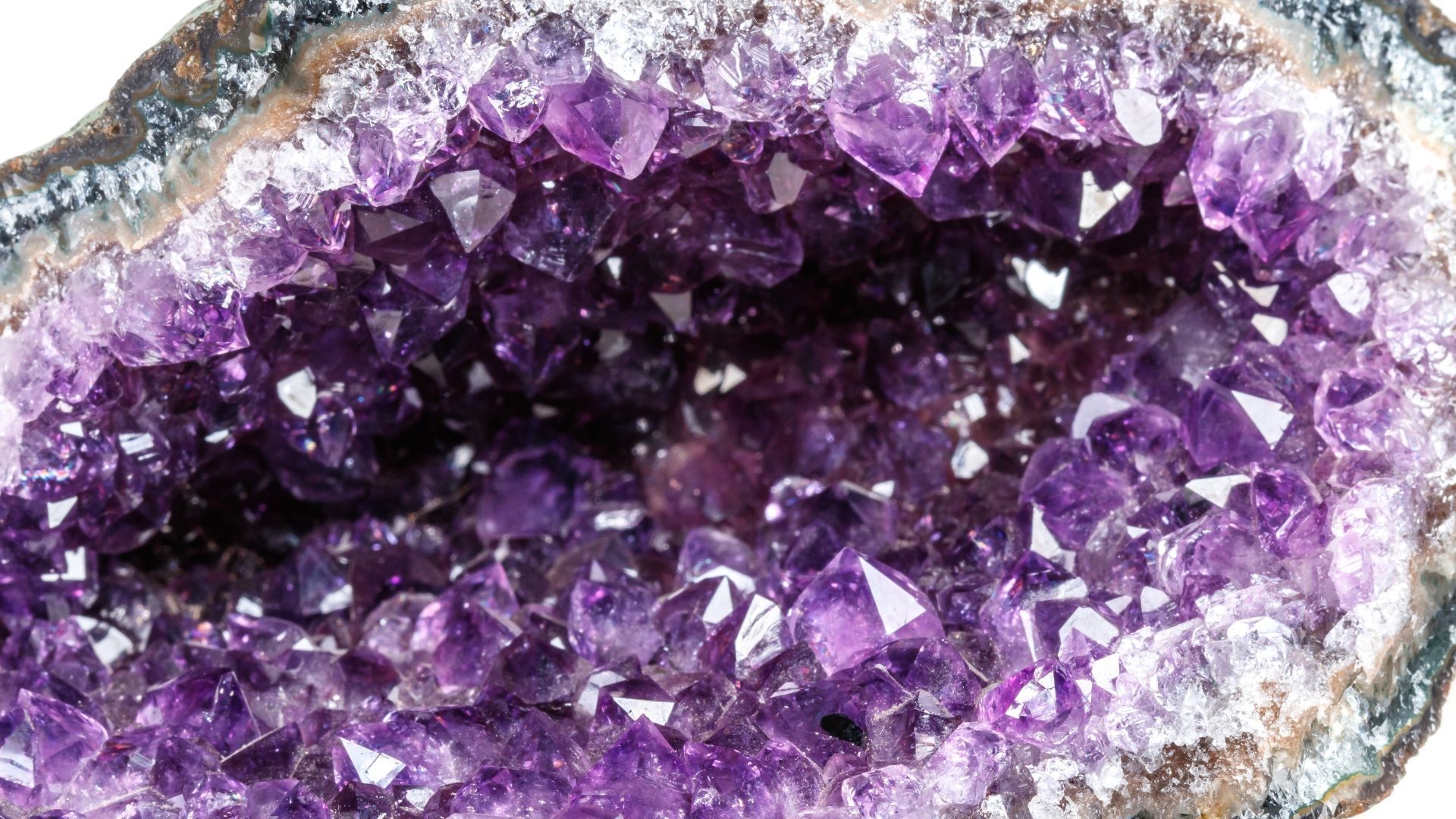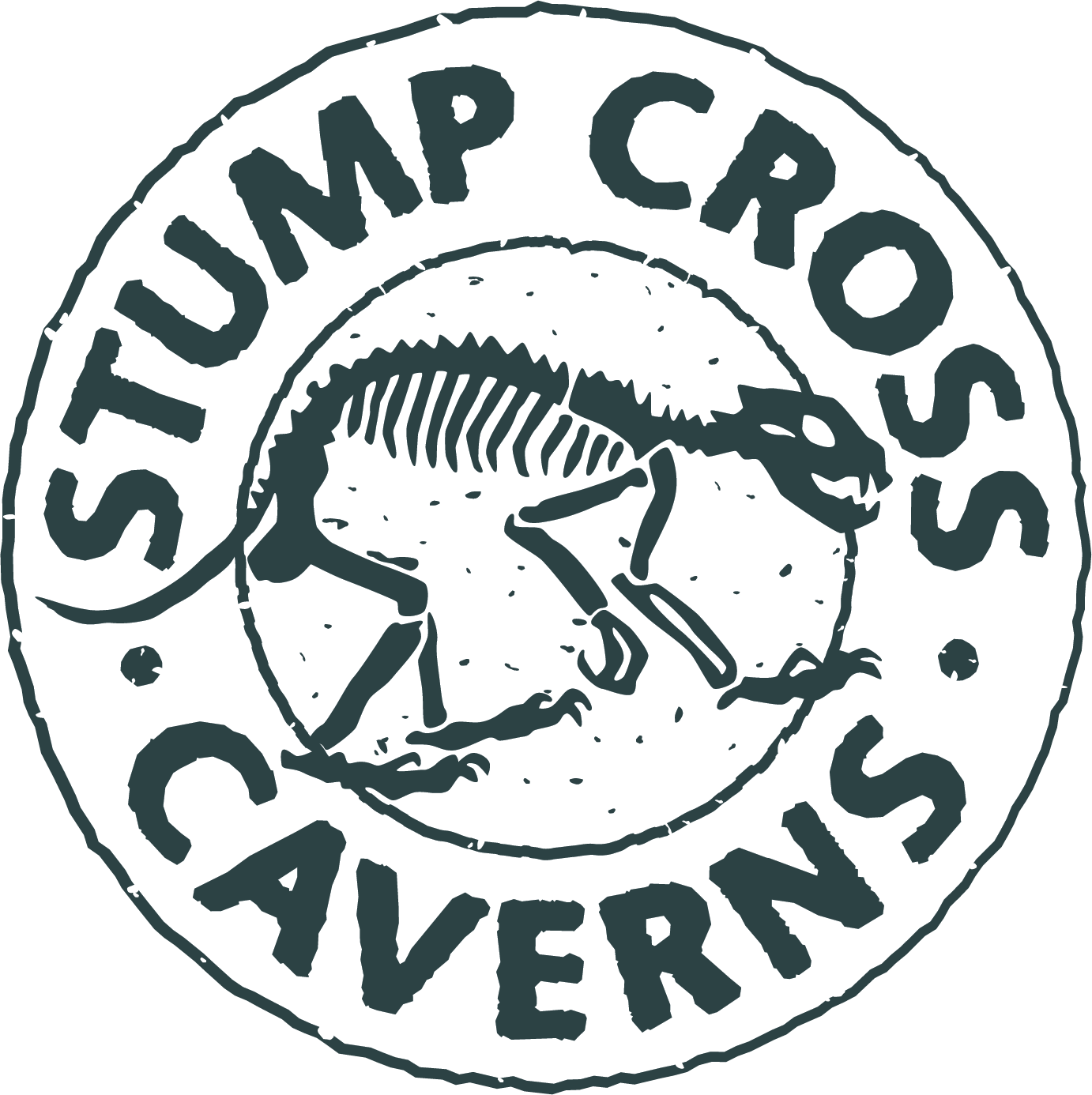Did you know you can pan for gems at Stump Cross? Learn about the history of this fun activity – and how you, like the miners of yore, can strike gold.

Here at Stump Cross Caverns, we provide much more than just access to our magical network of naturally occurring caverns.
We make the most out of our beautiful location here in the heart of the Yorkshire Dales. We aim to give people the chance to enjoy the scenery above ground as well as below.
One of the unique experiences we offer is the Stump Cross Mining Co.
The area around Stump Cross used to be a hotbed of lead mining – in fact, the caverns themselves were stumbled upon by a pair of lead miners back in 1860.
So we thought we'd continue the tradition with a
gem panning activity that lets the whole family roleplay as miners for the day.
It's a fun, hands-on experience out in the fresh air, with the gorgeous green Dales stretching out for miles.
The basics are these: we give you a bag of rough. You pour it into a tray and start shaking it over the sluice – essentially, a series of wooden troughs.
As the rough gets washed away, you'll turn up a range of gorgeous gemstones that you can take home to keep.
And as we've been running Stump Cross for 20 years, we decided to do something special and give away 20 gold teeth.
Mickey Finn – our resident Megalodon – has lost 20 teeth, each one marking a year at Stump Cross. Like Willy Wonka's golden tickets, we're planting these teeth in our dirtbags for you to find!
It's a fun day out for all the family, based on the age-old practice of gold panning.
What is gold panning?
Put simply, gold panning is the extraction of gold from water with a pan.
It's widely associated with the California Gold Rush of the 19th century – but it's a much older practice than that.
It dates back at least as far as ancient Rome. Our Roman ancestors would pan gold and other precious metals from streams and mountainsides.
Want to get into gold panning? You probably won't strike it rich, but you will have lots of fun.
First, you need to find a stream or river in a gold-rich location. This is called a "placer deposit". You scoop out some of the sediment with your pan and shake it about. Any dense particles – like gold – will sink to the bottom. The rest rises to the top and can be easily skimmed away.
It's simple and enjoyable. However, it's not a great way to make a living.
These days, it's mostly been replaced by large-scale methods of extraction – although there are still communities in Alaska that pan for gold as a way of making money.
Mostly, however, it's a hobby. The same can't be said for our gold-rushing forbears. They took the activity very seriously indeed.
Gold panning in a gold rush
In the 19th century, the world saw several major gold rushes – discoveries of gold in Australia, Brazil, Canada, New Zealand, South Africa and the USA that brought in large numbers of miners looking to make their fortunes.
In America, California was where the main action happened. It became the site of the "California Dream" – the idea that anyone could get rich quick with a bit of graft and some good luck. California was a place of new beginnings and a cornerstone of the American Dream.
As H.W. Brands wrote in his book
The Age of Gold:
"From all over the planet they came… They came in companies and alone, with money and without, knowing and naïve. They tore themselves from warm hearths and good homes, promising to return; they fled from cold hearts and bad debts, never to return.
"They were farmers and merchants and sailors and slaves and abolitionists and soldiers of fortune and ladies of the night. They jumped bail to start their journey, and jumped ship at journey's end. They were the pillars of their communities, and their communities' dregs…"
Typically, a gold rush would go like this.
An individual would stumble on "placer gold" – gold deposits in a stream bed. They would wash the gold from the sand with a gold pan.
If it became apparent that there were more gold deposits to be had, the placer miners would build rockers or sluice boxes and work as a team.
The mining would become more and more complex, with tunnels, dams and canals being built to streamline the process.
However, gold rushes rarely lasted more than a few years. The stream bed deposits would soon become depleted and the miners would move on.
Alaska
Chicken, Alaska is a town with a population of 23 – and in winter there are only seven people there. The roads become impassable – just as they did up the road from Stump Cross Caverns for many years.
People in Chicken still pan for gold as a way of making money. Resident Bill Dunlevy has a "bragging box" containing upwards of $100,000 in gold. Wow!
The state is still a centre of gold mining, with five major mines at Fort Knox, Pogo, Kensington, Greens Creek and Dawson. It's also home to a great deal of recreational mining.
Major gold finds in the UK
Vincent Thurkettle is a full-time gold prospector and ex-president of the World Goldpanning Association. He found the most valuable nugget in the UK near a shipwreck off the coast of Anglesey.
The size of a chicken's egg, the nugget was valued at £50,000.
Meanwhile in Devon, a metal detectorist called Merlin Cadogan found a nugget worth £4,000 with his metal detector "Excalibur".
Do you want to be a miner for a day? Come to Stump Cross Caverns and
pan for gems – you can keep what you find!

